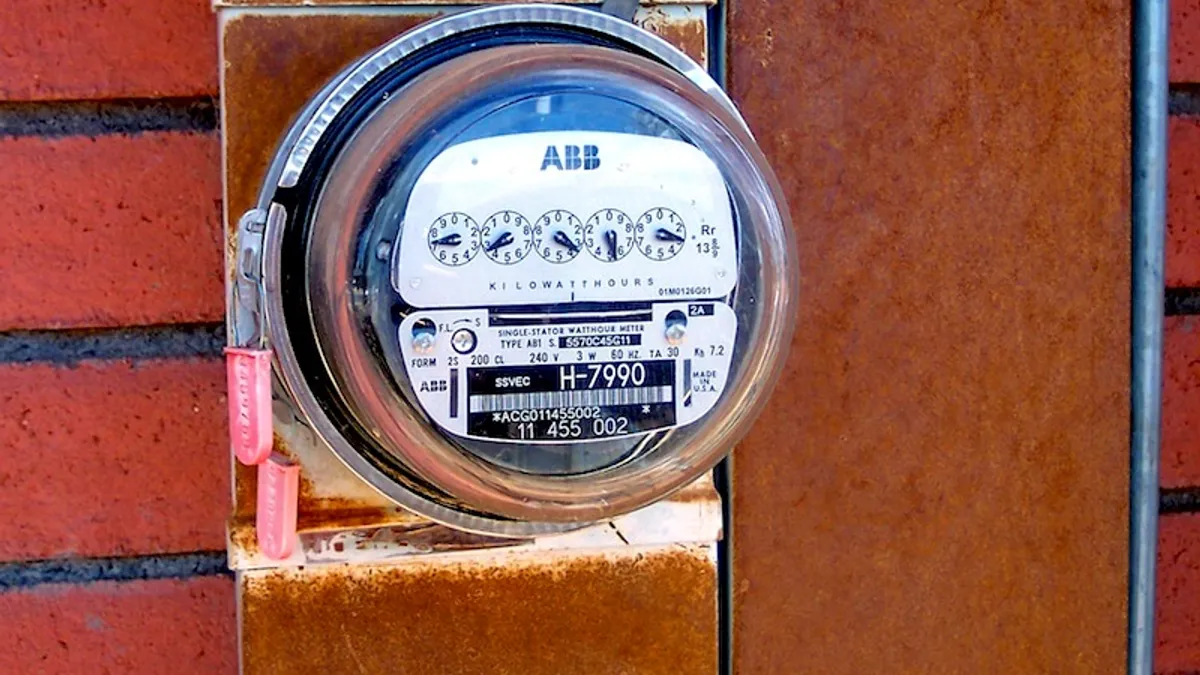Dive Brief:
- Moving utility customers to time varying rates that relate retail electricity prices to hourly wholesale power costs could help prevent peak demand spikes, according to Western Power Trading Forum (WPTF) Executive Director Gary Ackerman, by encouraging customers to shift their usage away from peak demand periods.
- Crediting distributed solar customers for the electricity their systems send to the grid at wholesale power rates, rather than flat retail rate credit, would also be an effective price signal, Ackerman said, encouraging energy storage and load control technologies that relieve peak load or shift customer-sited generation to peak hours.
- Both measures would lower electricity costs by eliminating the need for peaking plants and peaking power, agreed renewables advocate and Stanford University professor Mark Jacobson, Platts reports.
Dive Insight:
Speaking with Platts last week, power sector experts praised variable rate strucutres for their ability to incentivize both residential and business consumers to shift their usage to off-peak hours and deploy customer-sited technologies like storage that facilitate that shifting.
Ackerman pointed out the success of three programs offered by TXU Energy, the biggest electricity retailer on the Electric Reliability Council of Texas grid. Over 100,000 customers have chosen either free residential electricity from 9 p.m. to 6 a.m., free residential electricity for three hours each morning and each evening, or half-price electricity for commercial customers from 6 a.m. to 2 p.m.
The endorsements for time-of-use rates are the latest in a nationwide trend of utilities moving toward new rate structures. In California, new rate strucutures mandated by regulators will compel utilities to set such rates for residential customers, and Utility Dive has reported on encouraging TOU results from pilots at the Sacramento Municipal Utility District and PECO.
Jacobson noted to Platts that time varying rates and the time shifting measures would helpt to flatten the infamous “Duck Curve” described by the California Independent System Operator. It describes over-generation by solar at midday and a sharp ramp up in demand in the late afternoon that forces the use of fossil fuel peaking plants.
Jacobson’s Solutions Project is working with thought leaders and celebrities to inspire a popular push to 100% renewables. It has a plan for each state, specifying its potential for rooftop and utility-scale solar, wave, tidal, and hydroelectric power, geothermal energy, and onshore and offshore wind.














